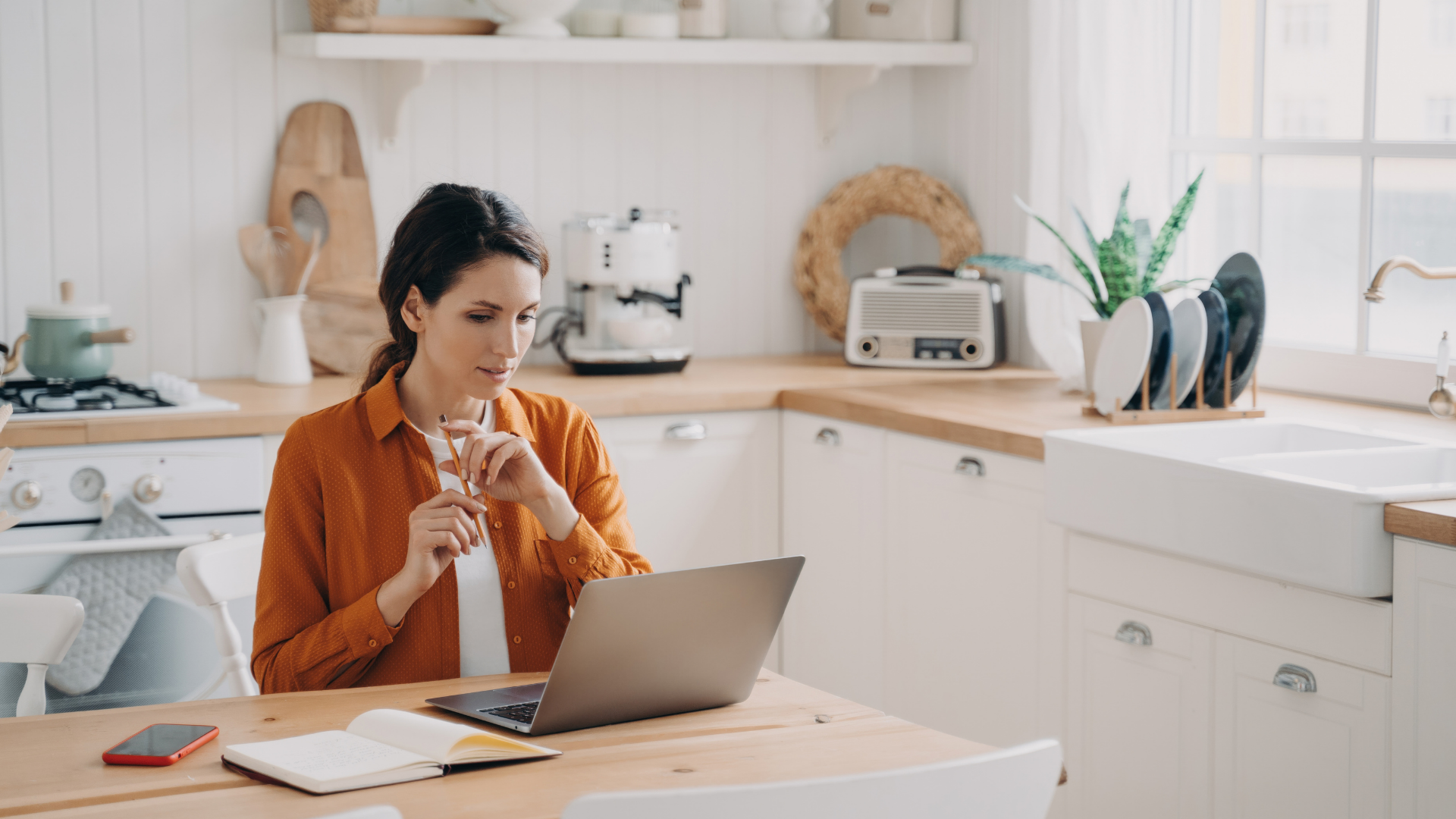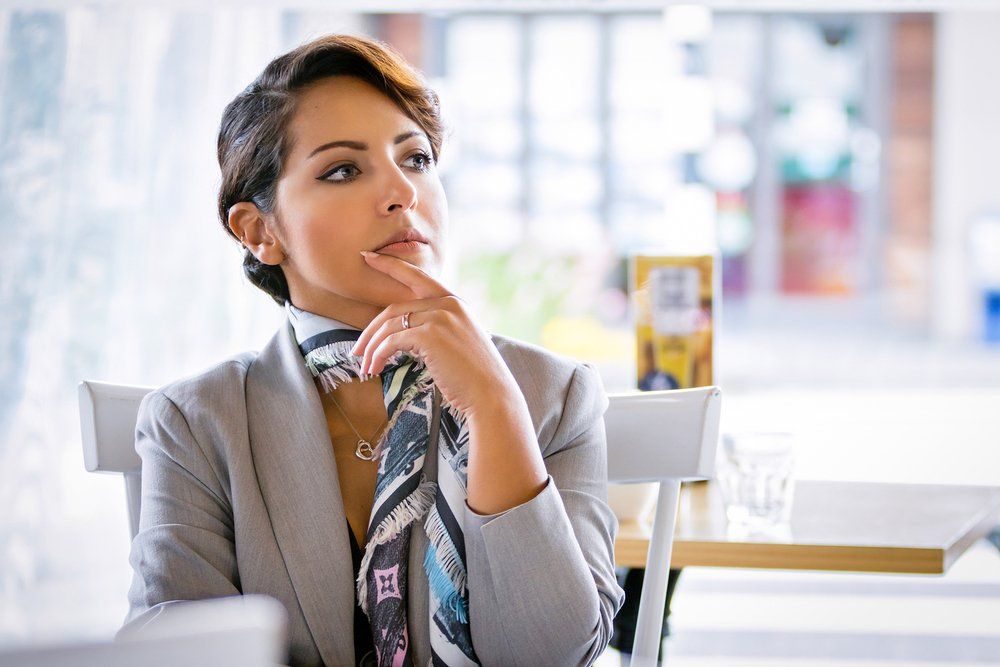Reverse Mortgage – Myths Clarified
Nearly 70 percent of Canadians own their own home. For the vast majority of those homeowners, their home is their largest single investment. That can be frustrating as people retire and see the value of their home increasing and their monthly income decreasing. One easy way to get access to some of that money in your house is with a reverse mortgage.
Just what is
a reverse mortgage? You may have heard about this financial product. Maybe a
friend or a friend of a friend has one. However, there’s a lot of
misinformation out in the world about these types of loans.
What is a reverse mortgage?
You may be wondering: what is a reverse mortgage? Simply put, a reverse mortgage is a financial product that allows Canadian homeowners age 55 and older, who either own their homes completely or who have a sizeable equity in their homes, to get up to 55 percent of that equity to use for things like medical expenses, home repairs, visits to see their grandkids or simply day-to-day living expenses. When you take out a reverse mortgage in Canada, you don’t have to choose between staying in the home where you’ve created memories for decades and moving so you can live comfortably in your retirement.
The way a reverse mortgage works is that as long as you live in your home, you’re not required to make any principal or interest payments to repay the amount of equity you’ve used. (Of course, you’ll still be responsible for your property taxes, homeowners’ insurance and maintaining the property in good standing.) The loan becomes due when you move or pass away. If you have heirs, they can pay the outstanding loans from their own funds, or use the funds from the sale of the property.
In order to qualify for a reverse mortgage, you or your spouse must be at least 55 years of age. (However, the older you are, the more money you are likely to qualify for.) The property also needs to be your primary residence, not a vacation home or a rental property. Some mobile homes may not qualify for this type of loan – it is best to check with HomEquity Bank, the only providers of reverse mortgages in Canada.
Reverse mortgages in Canada differ somewhat from similar products offered in the United States.
Reverse mortgage myths debunked
There’s a lot of conflicting and inaccurate information circulating out there about reverse mortgages in Canada. To help you better understand this product, we’ve listed just a few of the more common myths below:
1. Reverse mortgages are a new product.
Reverse mortgages have been available in Canada for more than 25 years.
2. Many people are dissatisfied with their reverse mortgages.
According to a recent survey by HomEquity Bank, 94 percent of reverse mortgage customers would recommend this type of loan to others.
3. Your children will lose the family home.
Your heirs have the opportunity to pay off your reverse mortgage after you pass away and keep the property. Plus, the program guarantees that they will never owe more than the fair market value of the home, should market conditions change.
4. You have to be “old” to get a reverse mortgage.
Reverse mortgages are available to Canadian homeowners age 55 and older. Of course, the older you are when you apply for the loan, the more money you are likely to qualify for.
5. You no longer will own your home.
You will continue to own your home after you receive funds from your reverse mortgage and you will remain on title until you pass away or move out of the house.
5. I’m guaranteed 55 percent of the equity in my home.
Unfortunately, this is not the case. The amount you receive from the reverse mortgage loan will depend on the market value of your home, the location and property type, and the age of the homeowners. The maximum you could receive is 55 percent of the equity in your home.
What IS true about reverse mortgages
1. You have to stay current on property taxes and insurance.
Just as before, you are required to keep paying your taxes and insurance after you receive the money from your reverse mortgage loan.
2. There are no payments required.
As long as the homeowner(s) remain in the home, there are no payments required on either principal or interest of the loan.
3. You can stay in your home as long as you want.
No one is going to force you to move if you take out a reverse mortgage loan. That’s true whether you take out the loan at age 55 or age 80.
So you see, most of the negative things that you may have heard about reverse mortgages in Canada are simply not true. Federal and government agencies do provide some income sources like Canadian Pension Plans, Old Age Security Pension Plans and other benefits to seniors. A reverse mortgage may not be the right solution for every senior homeowner, however, this financial product can help many older Canadians tap into the value they’ve accumulated in their homes and use those funds to boost their monthly income. This article is the property of HomEquity Bank and has been published with permission.






